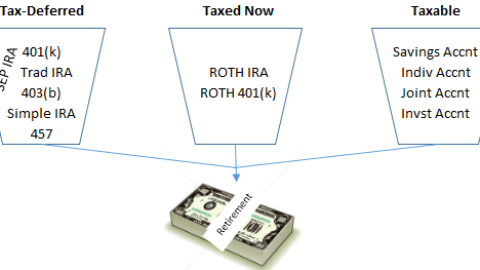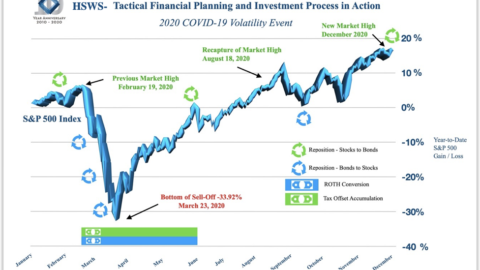What Return Are You Really Earning On Your Money?
If you’re like most people, you probably want to know what return you might expect before you invest. But to translate a given rate of return into actual income or growth potential, you’ll need to understand the difference between nominal return and real return, and how that difference can affect your ability to achieve financial goals.
Let’s say you have a certificate of deposit (CD) that’s about to expire. The yield on the new five-year CD you’re considering is 1.5%. It’s not great, you think, but it’s better than the 0.85% offered by a five-year Treasury note.*
But that 1.5% is the CD’s nominal rate of return; it doesn’t account for inflation or taxes. If you’re taxed at the 28% federal income tax rate, roughly 0.42% of that 1.5% will be gobbled up by federal taxes on the interest. Okay, you say, that still leaves an interest rate of 1.08%; at least you’re earning something.
However, you’ve also got to consider the purchasing power of the interest that the CD pays. Even though inflation is relatively low today, it can still affect your purchasing power, especially over time. Consumer prices have gone up by roughly 1% over the past year.** Adjust your 1.08% after-tax return for inflation, and suddenly you’re barely breaking even on your investment.
What’s left after the impact of inflation and taxes is called your real return, because that’s what you’re really earning in actual purchasing power. If the nominal return on an investment is low enough, the real return can actually be negative, depending on your tax bracket and the inflation rate over time. Though this hypothetical example doesn’t represent the performance of any actual investment, it illustrates the importance of understanding what you’re really earning.
In some cases, the security an investment offers may be important enough that you’re essentially willing to pay someone to keep your money safe. For example, Treasury yields have sometimes been negative when people worried more about protecting their principal than about their real return. However, you should understand the cost of such a decision.
*Source: Department of the Treasury Resource Center (www.treasury.gov) as of April 2013.
**Source: Bureau of Labor Statistics, Consumer Price Index as of April 2013.
This information, developed by an independent third party, has been obtained from sources considered to be reliable, but Raymond James Financial Services, Inc. does not guarantee that the foregoing material is accurate or complete. This information is not a complete summary or statement of all available data necessary for making an investment decision and does not constitute a recommendation. The information contained in this report does not purport to be a complete description of the securities, markets, or developments referred to in this material. This information is not intended as a solicitation or an offer to buy or sell any security referred to herein. Investments mentioned may not be suitable for all investors. The material is general in nature. Past performance may not be indicative of future results. Raymond James Financial Services, Inc. does not provide advice on tax, legal or mortgage issues. These matters should be discussed with the appropriate professional. © Copyright 2006-2012 Broadridge Investor Communication Solutions, Inc. All rights reserved







